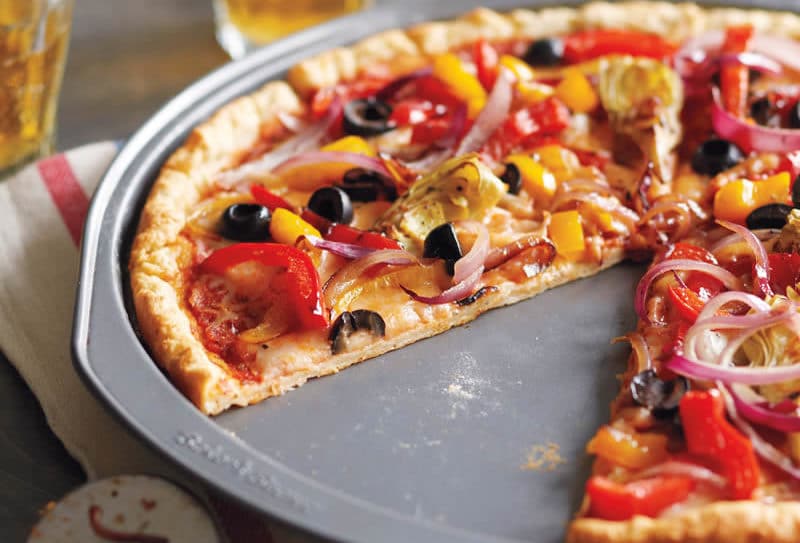Learning that you can no longer eat gluten can be upsetting and overwhelming, especially when starting a mandatory gluten-free diet for medical reasons — like the 3 million Americans with celiac disease or the 18 to 21 million Americans with non-celiac gluten sensitivity. But one thing is true for all of us who are gluten-intolerant: at one time, we were all beginners.
My beginner days were long ago, but I still vividly remember my struggle to recreate the foods I loved in my own kitchen — without gluten, the protein culprit in wheat, barley, and rye. Those struggles led me to write a gluten-free cookbook called Gluten-Free 101 to help other beginners get started with this new lifestyle. Apparently, there are many beginners. According to Nutrition Business Journal, the market for gluten-free foods rose to $8 billion in 2012, an increase of 20% over 2011. More and more Americans are being diagnosed with gluten intolerance, and gluten-free food is the only treatment.
At first, gluten-free baking perplexed me because it required new ingredients and unfamiliar techniques. I, like many other beginners, especially missed pizza. Back then, if you wanted pizza you had to make it yourself.
Eventually, after much trial and error, I learned how to make the crust with a blend of gluten-free flours (brown rice flour, potato starch, and tapioca flour) and some creative techniques that work well with these new and different flours, each of which has its own unique traits. For example, brown rice flour provides protein for good structure in the crust, potato starch makes it lighter and airier, and tapioca flour gives it that toothsome “chew” we expect in a pizza crust. And this pizza crust — fresh and yeasty — beats any crust you might buy in a store.
You may notice several things about this pizza crust that distinguish it from a gluten version:
❶ The dough seems impossibly soft, but that extra moisture creates steam that makes the crust rise nicely.
❷ This exceptionally soft, sticky dough requires unique handling. I’ve tried every manner of handling it and find that sprinkling it with brown rice flour makes it easier to press onto the pan.
❸ There is no rising time; the ingredients are formulated to make the crust rise quickly. But if you prefer a more deep-dish version, let it rise in a warm place for 30 minutes or so before baking.
❹ Unlike traditional pizza crust, this crust requires par-baking to firm it up, keep it crisp, and prevent the toppings from soaking in too fast and making it soggy. ![]()
